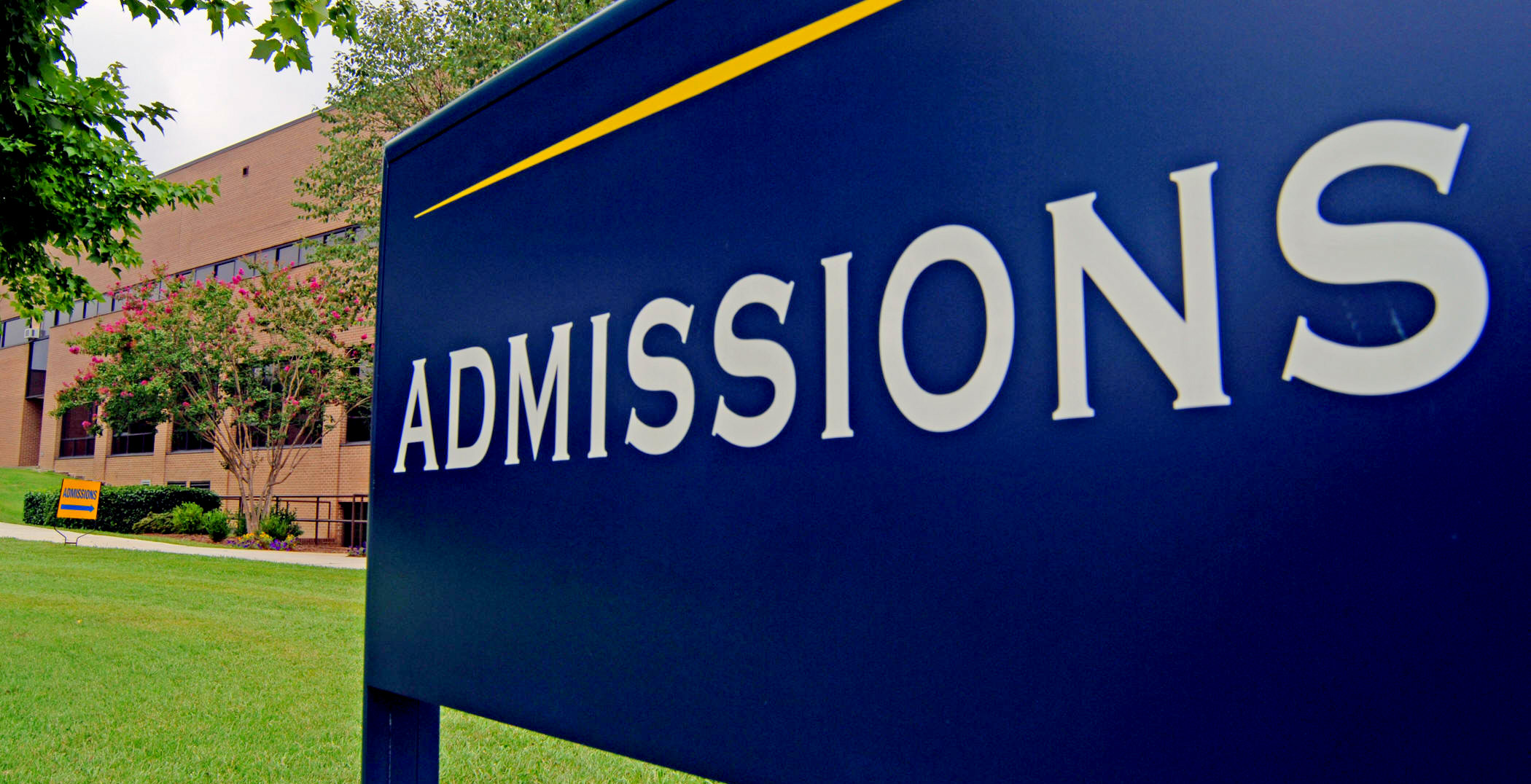![]() By Dave Best
By Dave Best
Is waiting the hardest part? With all you have invested in your studies in the classroom, you probably opened doors to some exciting college options. If you have researched these colleges and are confident you have identified your first choice school or top schools, there are several early options you should explore.
Many colleges welcome early applicants as it allows top candidates to demonstrate strong interest or commit to attend if admitted. As a result, some colleges admit a higher percentage of their early candidates, perhaps double the rate for regular decision. Please note these relatively small early admission applicant pools often contain highly-qualified students with stellar academic resumes as well as “hooked” candidates that include recruited athletes, legacies, and special admits.
Colleges face the challenge of enrolling a balanced class as many high school students apply to many colleges in the regular decision round. Schools strive to enroll a great new class that blends diversity, geography, gender, finances, athletes, the arts, and academic interests. Almost 100% of students accepted early decision enroll at their single early decision school which positively impacts the college’s yield. Some highly-competitive schools strategically lock in around half of their freshman class through early decision.
A few of the potential downsides of early decision plans include not being able to compare multiple financial aid offers as well as committing early to a single school. Additionally if rejected from an early decision program, the timeline to complete and submit all the regular decision applications could be as short as two weeks.
Here is a snapshot of early admission options:
Submitting Early / Rolling Admissions:
- Target Students: no clear first choice school; applying for financial aid
- Deadline: window opens in Fall and lasts (rolls) until class filled
- Restrictions: none
- Decision: accepted or denied within weeks
- Benefits: quick decision often 2-4 weeks after application received; ability to compare financial aid offers
- Student Commitment: none
- Popular Schools with Rolling Admissions: Indiana University, Michigan State, Penn State, Rutgers, University of Alabama, University of Minnesota, University of Pittsburgh
Early Action / Priority Deadline:
- Target Students: selected first choice school; applying for financial aid
- Deadline: applications often due by October 15, November 1 or November 15
- Restrictions: none
- Decision: accepted, deferred to regular decision, denied – usually before 1/1
- Benefits: early notification well before regular decision; ability to compare financial aid offers; apply for merit programs
- Student Commitment: none
Popular Schools with Early Action (Application deadlines):
October 15: Auburn, Georgia Tech, University of North Carolina
November 1: Baylor, Boston College, Fordham, Northeastern, University of Maryland, University of Miami, University of Michigan, University of Virginia, Villanova
November 15: Depaul
Restrictive Early Action / Single Choice Early Action:
- Target Students: first choice school; recruited athletes, children of alumni (legacies), children of major donors, children of celebrities / major executives, major politicians
- Deadline: applications often due by November 1
- Restrictions: cannot apply early to any other US private school’s early program except ED II
- Decision: accepted, deferred to regular decision, denied – usually before 1/1
- Benefits: early notification well before regular decision; ability to compare financial aid offers
- Student Commitment: none
- Popular Schools with Restrictive Early Action / Single Choice Early Action – SCEA: Baylor, Harvard, Princeton, Stanford, Yale
Early Decision I:
- Target Students: clear first choice school; hooked applicants (recruited athletes, children of alumni (legacies), children of major donors, children of celebrities / major executives, major politicians)
- Deadline: applications often due by November 1 or November 15
- Restrictions: usually cannot apply early to any other US private school’s early program except ED II; some allow applications to non-binding early programs
- Decision: accepted, deferred to regular decision, denied – usually before 1/1
- Benefits: higher admission percentage than regular decision; preference to “hooked” applicants
- Student Commitment – acceptance is binding; must withdraw all other applications
Popular Schools with Early Decision I (Application deadlines):
Nov 1: Amherst, Boston U., Brandeis, Brown, Carnegie Mellon, Case Western, Columbia, Cornell, Dartmouth, Duke, Emory, Fordham, George Washington, Johns Hopkins, Northeastern, Northwestern, NYU, Rice, SMU, Tufts, Tulane, U. of Miami, U. of Pennsylvania, U. of Rochester, Vanderbilt, Wellesley
Nov 10: American
Nov 15: Bucknell, Colgate, Lehigh, Syracuse, Wake Forest, Washington U., Williams
Dec 15: Holy Cross
Early Decision II:
- Target: clear second choice school after not accepted at their first choice ED I school, later declaration of first choice school; hooked applicants (recruited athletes, children of alumni (legacies), children of major donors, children of celebrities / major executives, major politicians)
- Deadline: applications often due by January 1
- Restrictions: usually cannot apply early to any other ED II program; some allow applications to non-binding early programs
- Decision: accepted, deferred to regular decision, denied – usually before 3/1
- Benefits: higher admission percentage than regular decision; submit senior year grades; preference to “hooked” applicants
- Student Commitment: acceptance is binding; must withdraw all other applications
Popular Schools with Early Decision II (Application deadlines)
Jan 1: Brandeis, Emory, George Washington, Lehigh, Northeastern, NYU, Tufts, U. of Miami, Vanderbilt, Wake Forest, Wellesley
Jan 3: Boston U.
Jan 10: American
Jan 15: Bucknell, Case Western, Colgate. SMU




